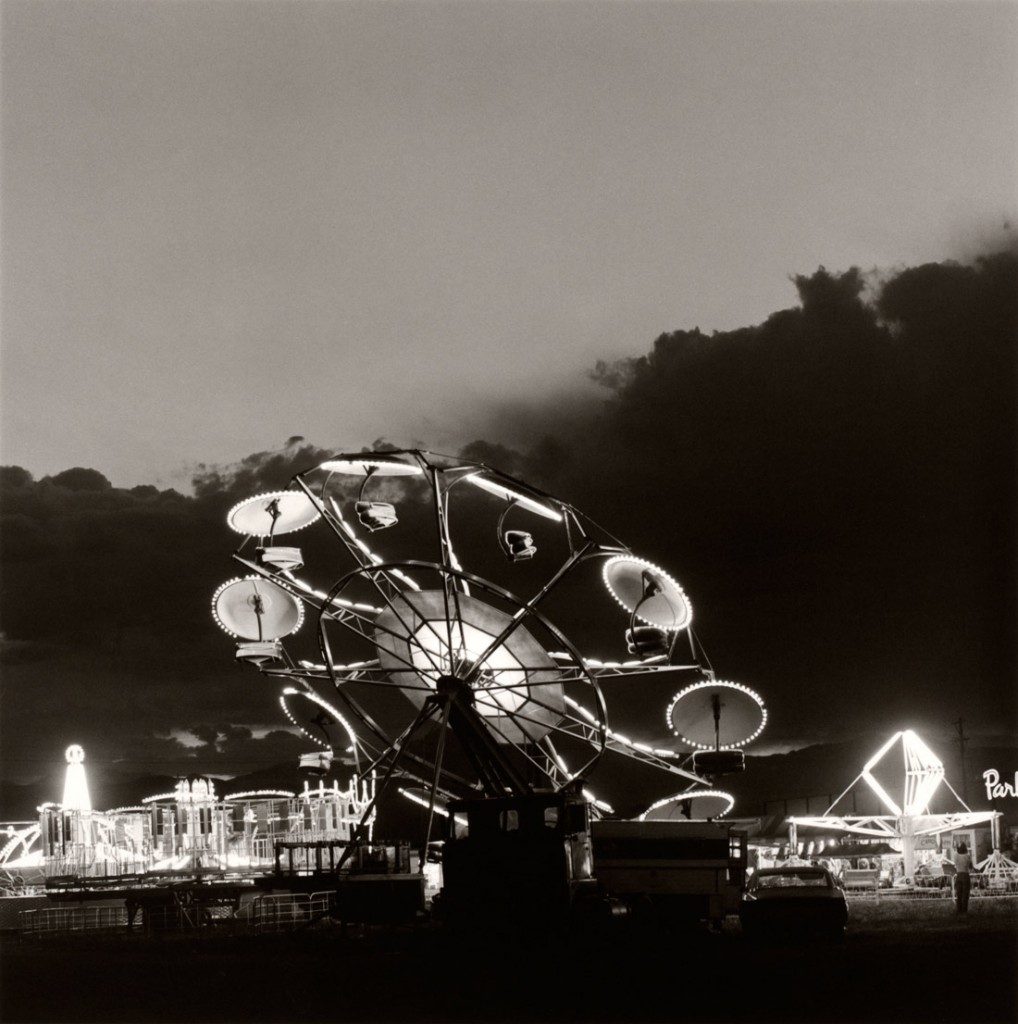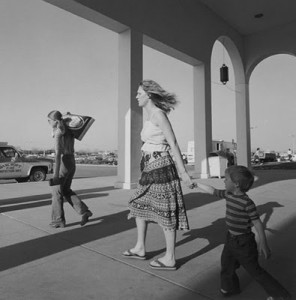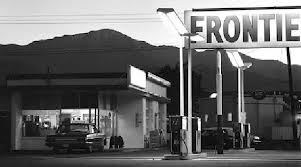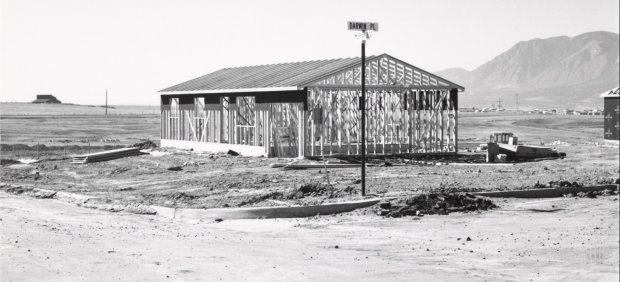 The Reina Sofia Museum in Madrid takes advantage in 2013, among the exciting panorama of exhibitions that will delight fans of art and tourists in Spain for the next months, with a showcase of photography by the American Robert Adams (Orange, New Jersey, 1937), one of the most prominent stars of international photography during the second half of 20th century and great storyteller of the most unknown and deepest America, the other US, the one of the secondary roads in the Midwest, outside any kind of glow, tinsel and glamour.
The Reina Sofia Museum in Madrid takes advantage in 2013, among the exciting panorama of exhibitions that will delight fans of art and tourists in Spain for the next months, with a showcase of photography by the American Robert Adams (Orange, New Jersey, 1937), one of the most prominent stars of international photography during the second half of 20th century and great storyteller of the most unknown and deepest America, the other US, the one of the secondary roads in the Midwest, outside any kind of glow, tinsel and glamour.
Light, according to Robert Adams. That simple!
It’s the first showcase of this artist in Europe , to stay in Madrid until May 20, right before leaving for other cities, and everything has been released thanks to the collaboration fo the Yale University Art Gallery, owner of more than 2000 works of Robert Adams since 2004.
Three hundred pictures in black and white, all in small format, and forty books shape this exhibition that leads us to the most silent American “Far West” ever figured out, over there in Colorado, almost with no human presence in a cold view, without concessions, of the beauty and tragedy of its towns, places and landscapes, in words of Manuel Borja-Villel, manager of the Reina Sofia Museum.
Joshua Chuang, commissioner of the exhibition with Jock Reynolds, appreciates in the work of Robert Adams “a metaphore of what is good and bad in the American culture”. Adams, who moved from New Jeresey to Colorado at the age of 15 searching for its weather, due to his breathing problems, dived down in photography as a hobby but got to compose “visual literature, an epic novel of the last 45 years of American lifestyle”, as Chuang affirms. Maybe that´s where comes from the name of the exhibition : “Robert Adams: the place where we live”.
The collection of images named “Eden”, taken after a visit to Sweden in 1968, is worth an special attention, since it shows the important meaning of human intervention through urbanism -in this case, in Colorado- and its consequences on landscapes and environment, which really concerned him during his whole career.
For the first time, he protraited those ridiculous suburbs, pretentious malls and compounds. The show is completed by pieces of two other collections : “The new West”, with austere images about the consumption culture in Denver, city where he settled down and spent most part of his life.
We could conclude that all the career of Robert Adams constitutes a definitive study of evolution of things, buildings, landscapes, human touch on the environment and the unavoidable and, why not?, romantic disrepair of all of it after its promising zenith.




